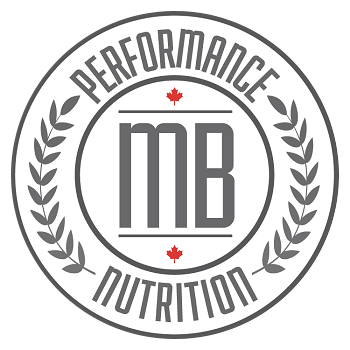Last updated on January 11th, 2024
I’m sick, should I workout?
There isn’t a quick, simple answer to this question. Like almost every answer I give athletes when they ask me a question “it depends”.
First, it depends on the intensity and duration of the workout you want to undertake.
Of course, what one athlete finds as an “easy” workout may feel like a more “moderate” or “hard” workout to someone else.
Generally speaking, low intensity, low heart rate activities are fine and will likely stimulate your immune system and speed up your recovery.
Examples of gentle exercise are walking, jogging, yoga, cycling and swimming.
Heavy strength training, endurance training, HIIT, sprinting, team sports and exercise in extreme temperatures are best avoided when you’re feeling under the weather.
Second, the severity of your symptoms will also guide the degree to which you should workout, if at all.
If you have symptoms such as a sore throat, congested nose or cough, stick to low intensity exercise only. But if you have symptoms like muscle/joint pain, headache, fever, diarrhea or vomiting, avoid exercise.
If the next day you have no worsening of “above the neck” symptoms and no fever, you can do 30-45 minutes of light exercise, preferably indoors. Keep your heart rate below 150 bpm. You may be contagious, so you should workout by yourself.
If, however, the next day you notice increased coughing, diarrhea, vomiting or fever, avoid exercise.
Continue to monitor your symptoms each day to guide your decision of whether it’s safe to return to exercise or not.
On day 3 of your illness, if you have no fever and no worsening symptoms, you can increase your activity to 45-60 minutes of moderate exercise (still keeping your heart below 150 bpm).
If your fever and symptoms are still present by day 3, you should consult your doctor. These symptoms can indicate serious infection and should not be ignored.
When all of the symptoms have improved or subsided, give yourself 24 hours before returning to your normal training schedule.
Ease back into your training in proportion to the length of your illness. Don’t rush back into your hardest workout. If you were ill for two days for example, take two days to build back up to your pre-illness training intensity.
The bottom line is to be sensible, be guided by your symptoms and avoid doing any sort of workout that will make you feel worse than you already do. Give your body time to fully recover, and if appropriate, aid it with some gentle exercise, before resuming your usual workout routine.


